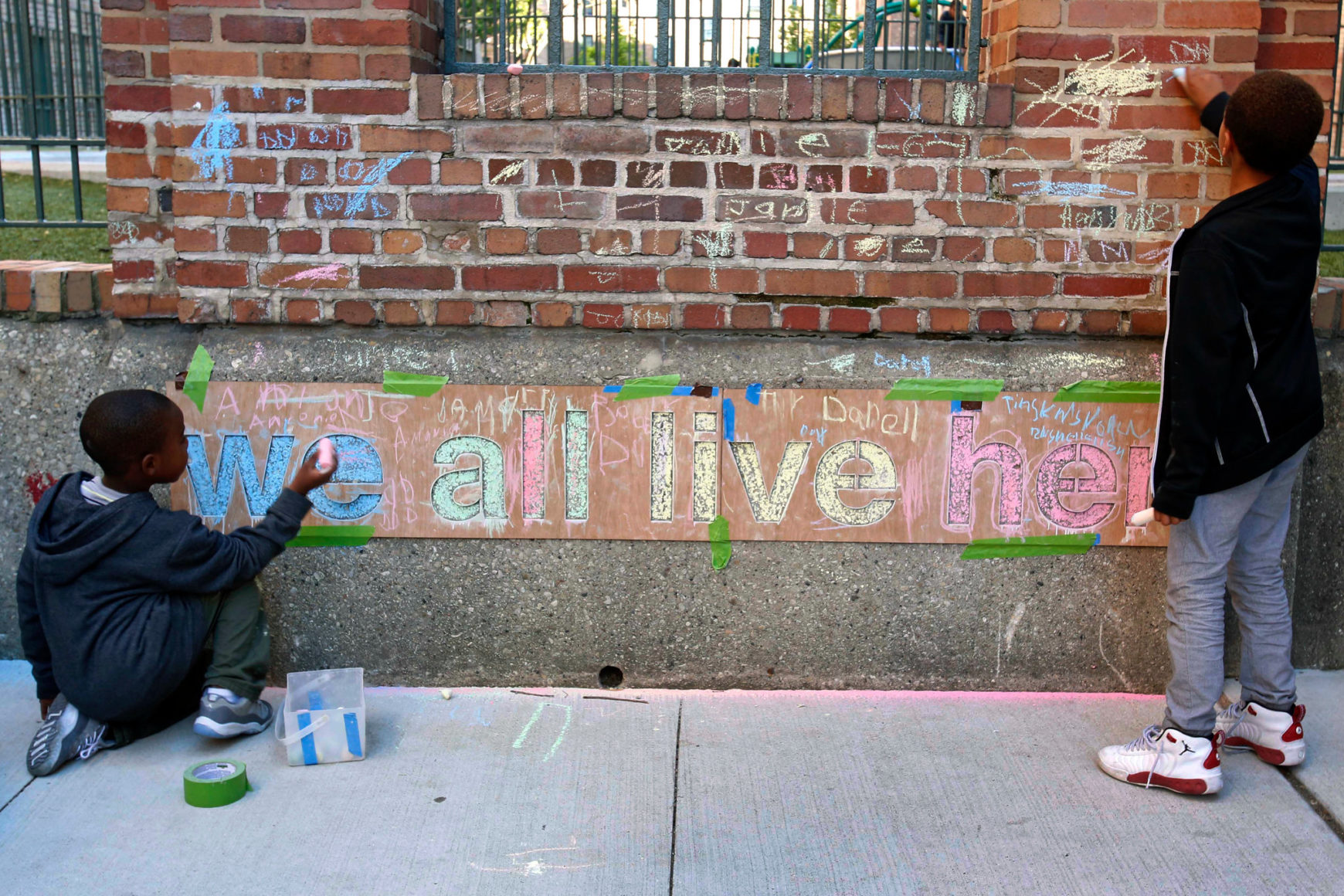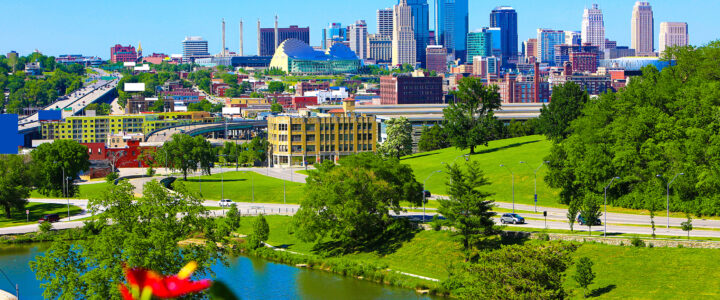The Neighborhood Is the Unit of Change

By David Brooks
You’ve probably heard the starfish story. There’s a boy on the beach who finds thousands of starfish washed ashore, dying. He picks one up and throws it back into the ocean. A passer-by asks him what’s the point of that. All these thousands of other starfish are still going to die. “Well,” the boy responds, “I saved that one.”
Many of our social programs are based on that theory of social change. We try to save people one at a time. We pick a promising kid in a neighborhood and give her a scholarship. Social programs and philanthropic efforts cream skim in a thousand ways. Or they mentor one at a time, assuming that the individual is the most important unit of social change.
Obviously it’s possible to do good that way. But you’re not really changing the structures and systems that shape lives.
Maybe the pool story is a better metaphor than the starfish story. As a friend of mine puts it, you can’t clean only the part of the pool you’re swimming in.
It could be that the neighborhood, not the individual, is the essential unit of social change. If you’re trying to improve lives, maybe you have to think about changing many elements of a single neighborhood, in a systematic way, at a steady pace.
One of the signature facts of the internet age is that distance is not dead. Place matters as much as ever, and much more than we ever knew.
The typical American adult lives 18 miles from his or her mother. The typical college student enrolls in a college 13 miles from home. A study of Facebook friends nationwide found that 63 percent of the people we friend live within 100 miles. Americans move less these days, not more.
Work by the economist Raj Chetty and others shows that children who grow up in one neighborhood can have drastically different life outcomes than people who grow up in demographically similar neighborhoods nearby. Just take two findings to illustrate a rash of them:
On April 1, 2010, 44 percent of low-income black men from the Watts neighborhood of central Los Angeles were incarcerated. But just 6.2 percent of the men who grew up with similar incomes in central Compton were incarcerated on that day.
Central Compton is 2.3 miles from Watts.
Low-income children who moved at birth from the low upward-mobility area of Seattle’s Central District to the high upward-mobility area of Shoreline earned, at age 35, $9,000 a year more than those who had made this move in their 20s.
In a classic study, the sociologist Eric Klinenberg showed just how important neighborhood is in determining who survives in a crisis. Klinenberg compared deaths in two Chicago neighborhoods during a heat wave in 1995. More than six times as many people died in North Lawndale as in South Lawndale, even though the two places are demographically comparable.
The fact is that human behavior happens in contagious, networked ways. Suicide, obesity and decreasing social mobility spread as contagions.
When you think in neighborhood terms rather than in individual terms you see things previously rendered invisible. For example, Klinenberg found that fewer people died in South Lawndale in great part because there was more social connection there. Klinenberg’s new book, “Palaces for the People,” emphasizes the importance of “social infrastructure,” physical places like libraries where people can gather. What do libraries have to do with deaths in a heat wave? It turns out quite a lot. Libraries nurture relationships among people who check in on one another when crises hit.
Some people say that we have to promote both kinds of change, individual and neighborhood. Of course that’s true, but it’s also what people say when they don’t know how to think in geographic terms and don’t know how to adjust their work to neighborhood realities.
Thinking in neighborhood terms requires a radical realignment in how you see power structures. Does the neighborhood control its own networks of care, or are there service providers coming down from above? Do the local norms of interaction need to be changed? For example, do people feel it’s normal to knock on a neighbor’s door and visit, or would that be considered a dangerous invasion of privacy? Are there forums where the neighborhood can tell its collective story?
Thinking in neighborhood terms means radical transformation in how change is done. It means escaping the tyranny of randomized controlled experiments in which one donor funds one program that tries to isolate one leverage point to have “impact.”
It means adjusting the structures of the state so that the neighborhood is an important structure of self-government, rather than imposing blanket programs willy-nilly across neighborhood lines.
The good news is that there are more neighborhood-based programs than there used to be, like the Resident Association of Greater Englewood in Chicago. But we haven’t even begun to sort out the implications of what comes next now that we understand the utter centrality of place.

